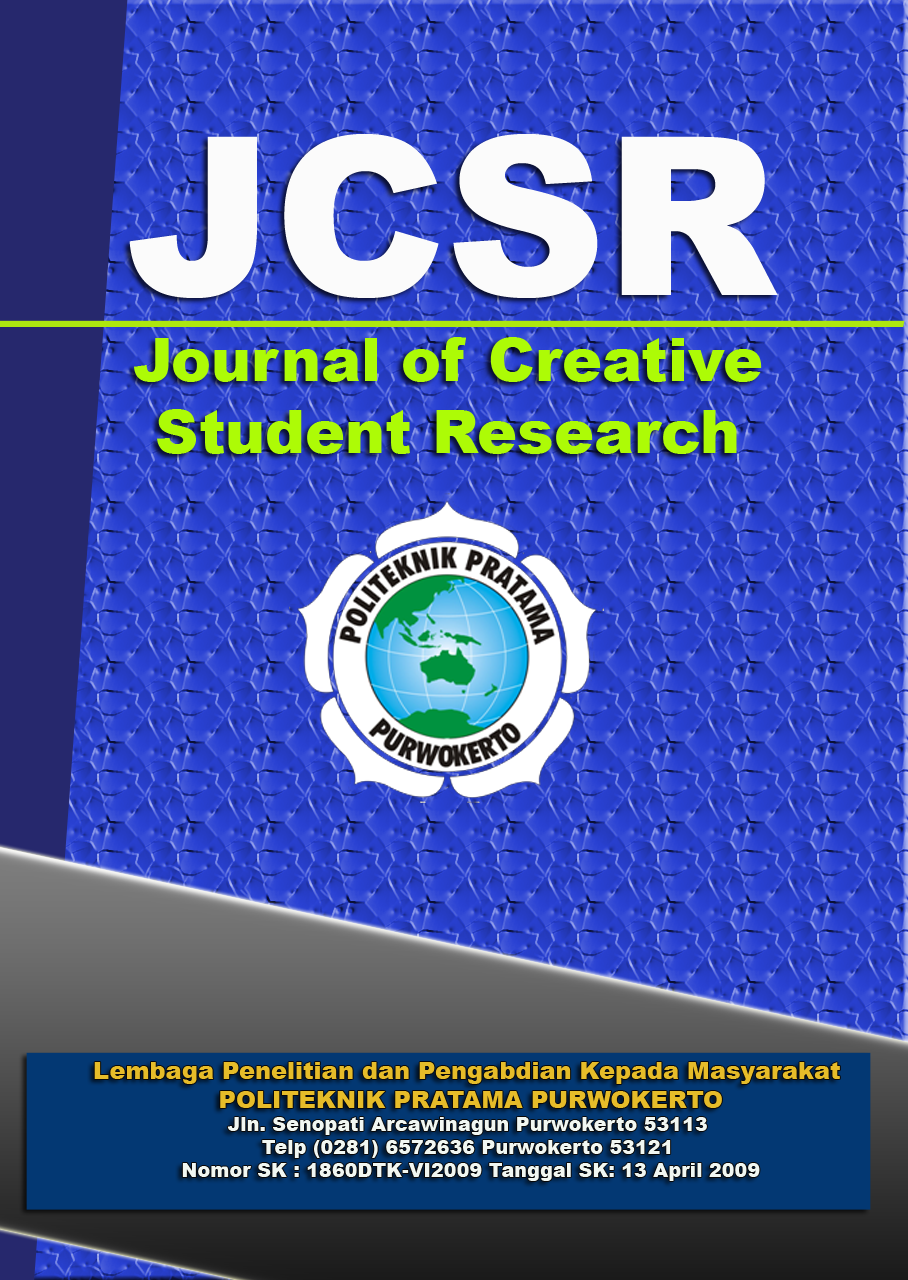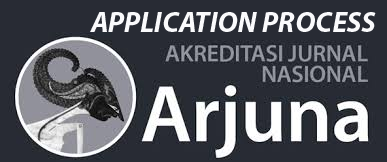Analisis Perekonomian Kota Blitar Khususnya Pada Tingkat Makro
DOI:
https://doi.org/10.55606/jcsrpolitama.v1i3.1711Keywords:
economic growth, PAD, inflation rate.Abstract
Regional development is the driving force for national development, which makes regional governments the planners to carry out various kinds of economic transformation for the welfare of the existing society. Broadly speaking, the components that must be discussed in the regional macroeconomic analysis concern economic production and income, growth, unemployment, inflation, employment, external trade relations, financial institutions, regional finance, and poverty or social welfare. Regional macroeconomic analysis can at least show the face of the regional economic structure where this will determine the sustainability of the economy in accordance with development goals. The economic growth of a region, especially the City of Blitar, which of course comes from the results of regional taxes, regional levies, management of regional assets, and other legal regional revenues, which aims to provide flexibility to the regions to seek funding in the implementation of regional autonomy as a manifestation of the principle of decentralization and to increase PAD and support government activities and national development, a budget from the regional government is needed, one of which is from the regional tax sector. In one course experiencing economic stability and problems of economic growth. One of the main problems or drivers of economic instability that can disrupt economic growth is the occurrence of general and continuous price increases or better known as inflation.
Downloads
References
Ahmad Yani. 2009. Hubungan Keuangan antara Pemerintah Pusat dan Daerah di Indonesia. Jakarta: Rajawali Press.
Elim, I., & Ersita, M. (2016). Analisis Efektivitas Penerimaan Retribusi Daerah Dan Kontribusinya Terhadap Peningkatan Pendapatan Asli Daerah (Pad) Di Provinsi Sulawesi Utara. Jurnal Riset Ekonomi, Manajemen, Bisnis.
Handayani, S. (2017). Potensi Retribusi Pasar Terhadap Peningkatan Pendapatan Asli Daerah (Pad) Kabupaten Lamongan. Jurnal Akuntansi, 2(1), 24. https://doi.org/10.30736/jpensi.v2i1.96.
Lakoy, T. W., Engka, D. S. ., & Tumangkeng, Y. . S. (2016). Kontribusi Dan Pengaruh Penerimaan Retribusi Daerah Terhadap Pendapatan Asli Daerah Di Kabupaten Minahasa Selatan (2005-2014). Jurnal Berkala Ilmiah Efisiensi, 16(01), 559–567.
Barro, Robert (1990). “Government Spending in a Simple Model of Endogenous Growth”, Journal of Political Economy.
Cheng, Benjamin S and Tin Wei Lai (1997). “Government Expenditures and Eco‐ nomic Growth in South Korea: A VAR Approach”, Journal of Economic Develop‐ ment.
Dwi Sutatmi, Bernadetta (2008). Makro Eko‐ nomi Indonesia: Prospek Ekonomi 2008 Perkembangan Terkini 2007. Jakarta: Lembaga Penelitian Ekonomi IBII.
Alexander, M. 1994. Biodegradation and Bioremediation. Academic Press, New York.
Alejandro, Portes. 1976. “On the Sociology of National Development: Theories and Issues”. American Journal of Sociology.
Kuncoro, Mudrajad, 1997.Ekonomi Pembangunan(teori,masalah,dan kebijakan). UPPAMP YKPN, Yogyakarta.
Setiono, Ns Dedi, 2011. Ekonomi Pengembangan Wilayah-Teori dan Analisis. Fakultas Ekonomi Universitas Indonesia, Jakarta.








